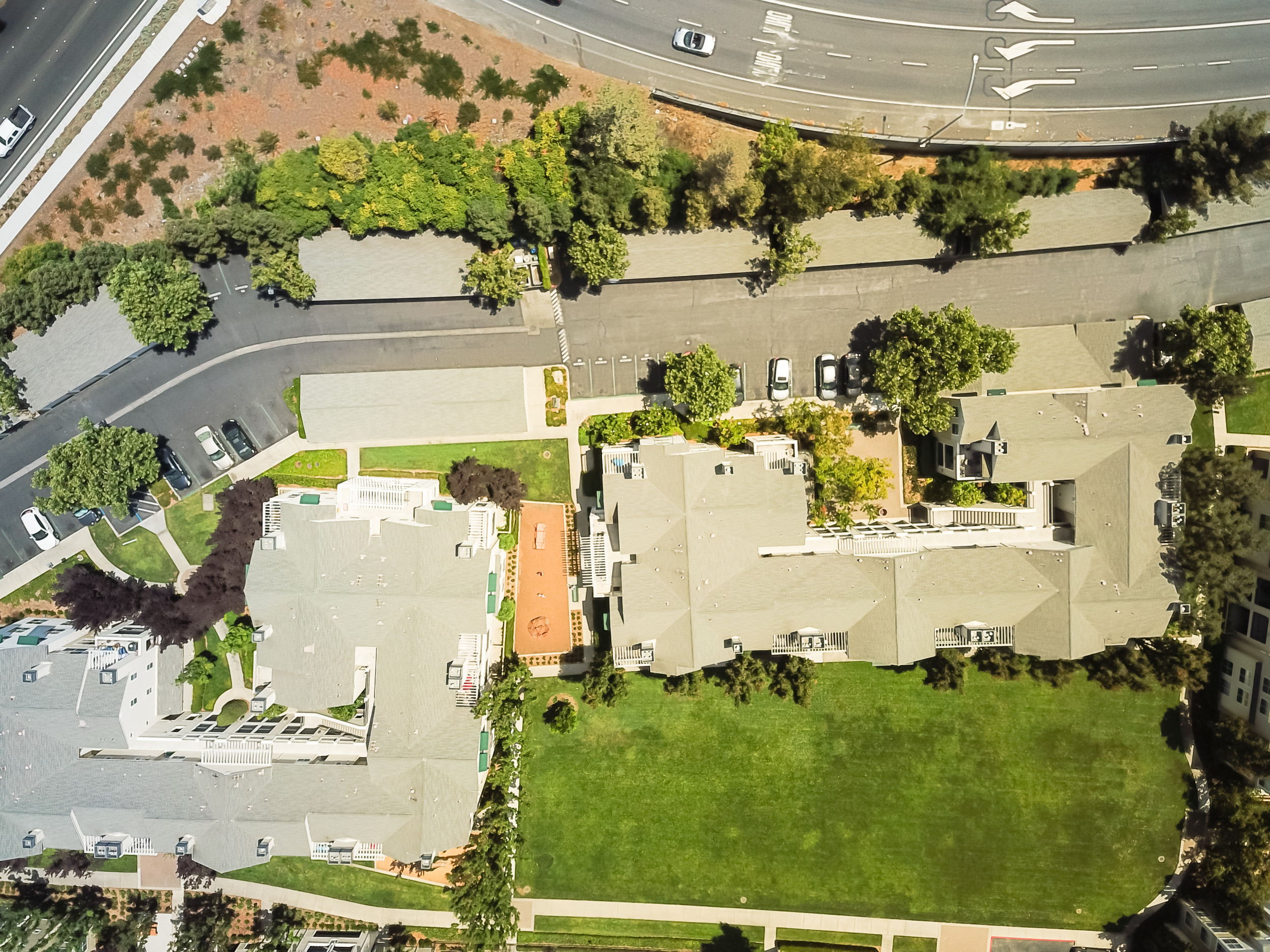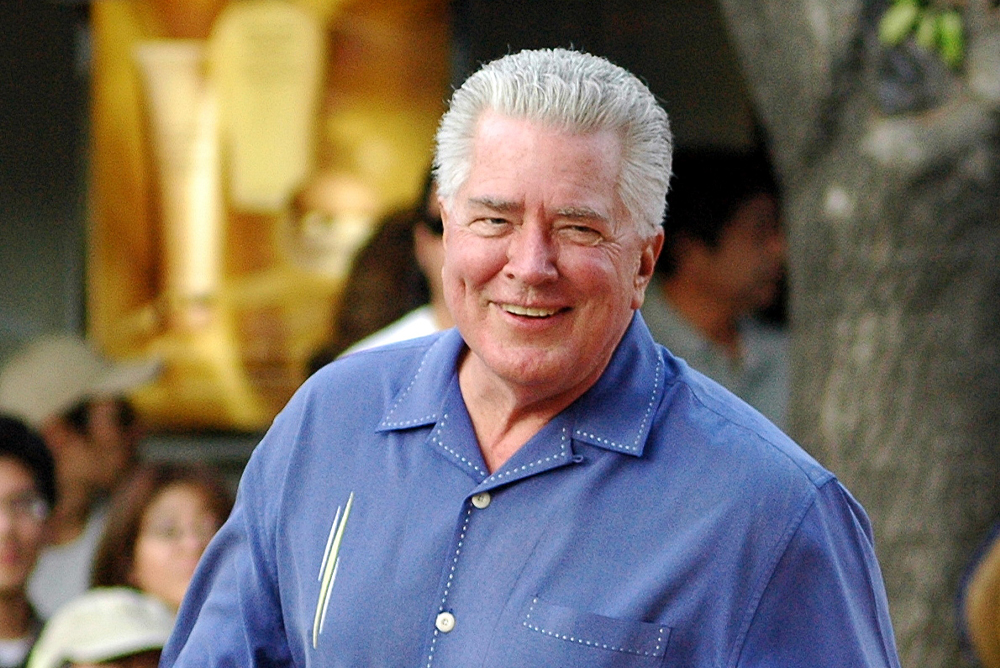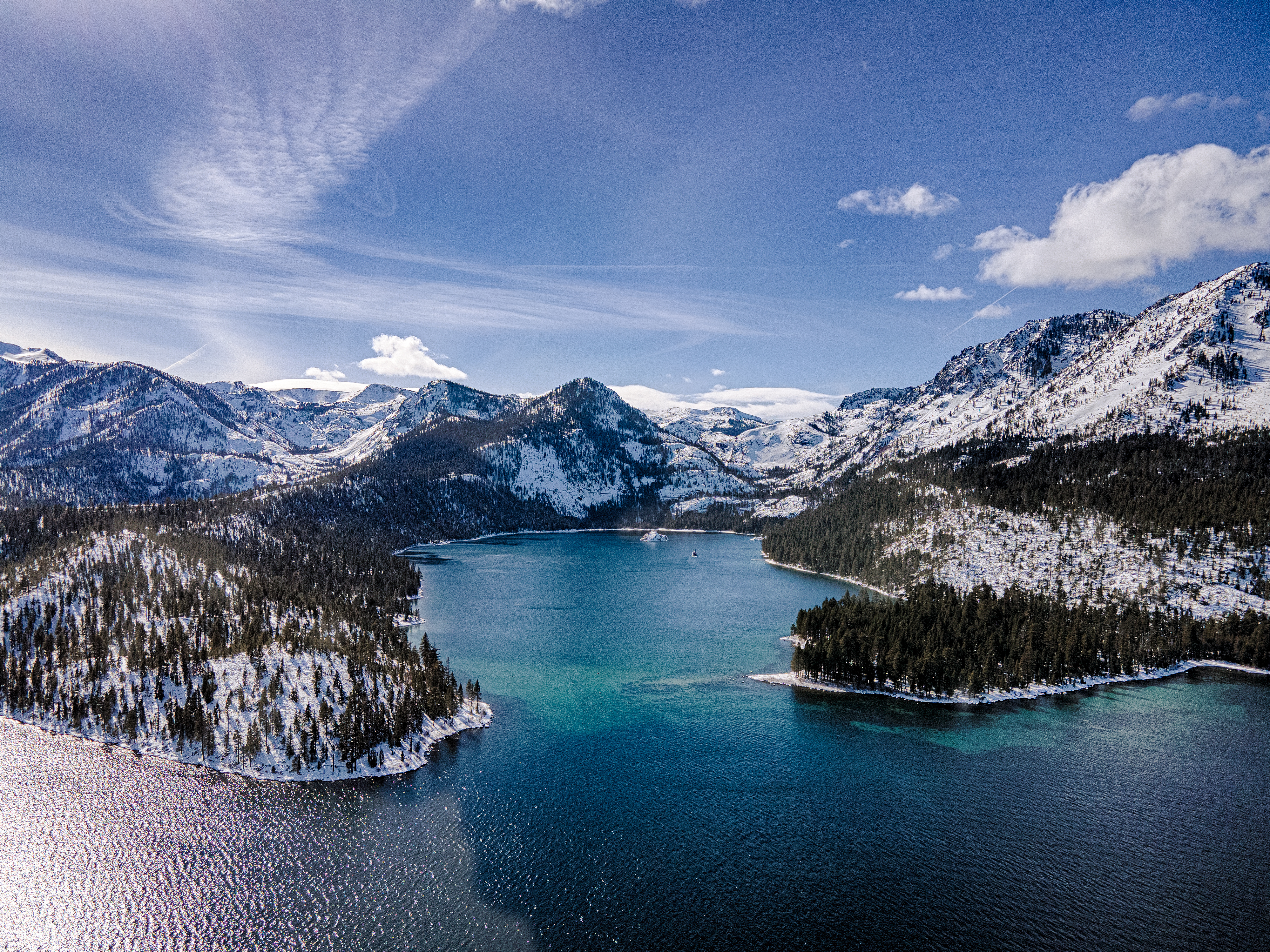Uncommon Knowledge
Newsweek is committed to challenging conventional wisdom and finding connections in the search for common ground.

A one-bedroom, one-bathroom property with less than 400 square feet in Cupertino, California, has been listed for $1.7 million.
But the property has generated considerable interest, according to listing agent Faviola Perez, with about eight buyers raising their hand to acquire the property.
Perez told SFGATE that the unit is already under contract for “considerably over asking.” She would not reveal what that price was. The Zillow estimates puts the potential value at about $1.825 million.
Newsweek contacted Perez for comment via email on Wednesday.
The property is at 10036 Carmen Road in what its Zillow listing says is the “heart of Cupertino” with 384 square feet of residential space.
“Nestled at the end of a cul-de-sac, this property presents a rare blend of charm, potential, and premier location within a district renowned for its top-tier Cupertino schools,” the listing said. “While compact, this property is a powerhouse of possibilities. Whether you envision constructing your dream home, expanding the existing structure, or embracing a minimalist lifestyle, the potential is boundless.”
Perez told SFGATE that part of the “possibilities” the property offers is due to the size of the lot it sits on. The Zillow listing points out the total size of the property is 7,841 square feet.
“[The] lot itself offers ample space to bring your vision to life, surrounded by $4M-$5M homes, highlighting the exceptional value and investment potential at hand,” the listing said.
“It is more than likely that the structure will come down and a new home will be built in its place,” Perez told SFGATE.
Typical home values in Cupertino are about $3 million, according to Zillow, which is up close to 11 percent from a year ago.
One key selling point for the property appears to be that it is close to some of the area’s tech companies, which may explain why its valued so highly.
“Enhancing its appeal, the property boasts close proximity to major commute routes, making it ideal for professionals seeking easy access to Silicon Valley’s tech hub,” the Zillow listing said.
It also promises a plethora of hiking trails for nature lovers.
“Outdoor enthusiasts will appreciate the nearby trails and parks, offering abundant opportunities for recreation and relaxation amidst nature,” the listing added.
The unit, described as a single-family residence, was built in 1948 and is a one-story home.
“This property is more than just a home; it’s a canvas waiting for your personal touch,” the listing said. “Don’t miss out on this exceptional opportunity to own a piece of Cupertino’s highly sought after real estate market.”
Newsweek is committed to challenging conventional wisdom and finding connections in the search for common ground.
Newsweek is committed to challenging conventional wisdom and finding connections in the search for common ground.


Zócalo is celebrating its 20th birthday! As part of the festivities, we’re publishing reflections and responses that revisit and reimagine some of our most impactful stories and public programs. Connecting California columnist Joe Mathews revisits Southern California author D.J. Waldie’s 2012 essay “The Darkness Behind Huell Howser” and considers why, over a decade after Howser’s death, the public TV’s great California chronicler retains such a hold on us.
“Do you know Huell Howser?”
I got that question recently while chatting with a counter guy at Erick Schat’s Bakery, which produces Dutch pastries and sheepherder bread in the Eastern Sierra town of Bishop.
It’s a question I get at least a couple times a year, in all different corners of California.
I suppose it’s a natural question. People might wonder if I, a longtime chronicler of California’s places, get asked if I know the public television reporter who took viewers into every little town and restaurant and museum, from Alturas to Zzyzx.
It’s a question that never ceases to amaze me. Or stump me.
Because the truth is that I can’t possibly know Huell Howser. And not just because I only met him a couple times. No one can possibly know Huell Howser anymore, because Huell Howser died 11 years ago, of prostate cancer, at age 67.
But the truth is also that people feel like they do know Huell Howser. Because he never really left us. His shows still air regularly on public TV stations in Southern California. And episodes of his California-exploring series—California’s Gold, California’s Green, Downtown, Road Trip with Huell Howser, and Visiting—still attract heavy traffic online.
Why does Huell Howser retain such a hold on us? The best answer to that question came from the Southern California author D.J. Waldie, in a Zócalo Public Square essay published shortly before Howser’s January 2013 death.
Waldie’s thesis was that Howser, in taking viewers to forgettable eateries and little-known places, was finding joy in the thing that Californians most cherish: our broken dreams.
Most people come to California, or grow up in California, dreaming of stardom or riches or invention or new and distinctive lifestyles. Instead, they end up sewing dresses in a little store in Tustin, or working at a dairy outside Turlock. You can feel pretty small doing that kind of work. But when Howser showed up, the public TV explorer in all his geeky ebullience, it made the life you settled for seem big.
When Howser showed up, the public TV explorer in all his geeky ebullience, it made the life you settled for seem big.
“Howser wasn’t just pitching the muchness of California, an abundance anyone should be able to see unaided,” Waldie wrote. “He was pitching the almost infinite otherness within the ordinary of California, particularly when California is considered with joy.”
Waldie wrote that Howser’s deep connection with the regular “folks” of California was not his joy but “the melancholy behind his fierce public niceness.” His TV tours could strike sad notes, especially when his questions revealed wonderful old things that no longer existed. The same relentless dynamism that produces the many wonders of California also destroys the established. Our sunny love of the novel coexists with darkness and loss.
Howser liked to say that his goal was to encourage Californians to embark on their own personal adventures around the state, and investigate the places all around them. Howser modeled that kind of exploration, with a curiosity about everything that showed how fiercely unprejudiced he was.
As Waldie wrote, Howser was not urging Californians to take “a harmless field trip” but rather to begin “an encounter with the differences that reside, intractable, in everyday life—real differences between people, conditions, ethnicities, and cultures that can only be accepted for what they are and mostly with a smile.”
I don’t look or sound like Howser—he was a handsome TV guy with the distinctive accent of his native Tennessee, while I’m a rumpled print guy and fourth-generation Californian. But I suspect I get the “Do you know Huell Howser?” question because my reporting method is so similar to his.
That method: modestly planned, thoroughly unrehearsed wandering—which also happens to be the most practical way to get to know California.
Because Californians are so informal and so flaky (as anyone who has ever invited people to a dinner party knows), I rarely bother to schedule a bunch of interviews in advance when I’m visiting a town. It works much better to show up unannounced, act friendly, and start asking respectful questions about what people do.
I also say, as Howser did, “wow” and “gee whiz” when people are showing me things—a rusting old motorbike, a piece of street art, a loaf of bread—that would seem less than amazing to someone less geekily Californian.
There is no greater flattery in the Golden State than to take an interest in what others do. Californians, whatever their occupation, are instinctive artists, and asking them about their business or their home or their flea market—as Howser did—often elicits detailed and thoughtful responses.
That’s what I was doing at Schat’s. I had been pressing the counter guy. What is that bread? Can I try a piece? What makes it taste so good?
His answer to my last question was perfect: The best bread comes from the baker most determined to make sure you never forget it.

A 16-year-old boy has been charged in the killing of a beloved middle-school teacher during a burglary in central California last year.
Officers found Sergio Martin, a 50-year-old teacher for the Cutler-Orosi Joint Unified School District, dead from multiple gunshot wounds in his home in Dinuba at around 3 a.m. on Nov. 6, 2023. At the time, police described the shooting as a random act of violence and said the suspect was not a former student of Martin’s.
The teenager was charged with murder and burglary, among other counts, the Tulare County District Attorney said Monday. The teen was arraigned in Tulare County Juvenile Court on Friday.
Under California law, the boy will be tried as a juvenile because he was 15 at the time of the killing. If convicted, he can only remain in custody until the age of 25.
Two others were charged with burglary in connection to the crime, according to the district attorney’s office.
Jorge Arrieta, 21, and Joseph Garcia, 20, were charged with second-degree burglary and accessory. Arrieta is also charged with having stolen property, according to the prosecutor.
The two were arrested on Friday, with Arrieta remaining in custody and arraigned on Monday. Garcia was released on bail and is scheduled to return to court on May 22 for his arraignment.
USA TODAY was working to track down attorneys for Arrieta and Garcia for comment.
Martin taught Spanish at El Monte Middle School for 17 years. Following his death, students and teachers at the school posted dozens of notes with letters and pictures outside his classroom. One of them said, “I am sorry,” while another simply said: “We will miss you, Mr. Martin.”
The educator was a dedicated fan of the Los Angeles Dodgers, his colleague Chris Velasco told KFSN-TV in November.
Emilio Botello, one of Martin’s close friends, said he deeply cared about his parents and students and was enthusiastic about his vinyl record collection.
“Beyond his teachings and in the classroom, he’s affected many kids, but to adults that’s not that easy, it’s not that easy and he’s done that,” Botello told KFSN.
Contributing: Eric Woomer, Visalia Times-Delta

Extreme snowfall will become less common in California by 2100, a new study found.
Scientists understand how a lack of snow or “snow drought” can affect a region, especially in the midst of a warming climate. However, before now, they did not understand the impact of unusually high levels of snow. And this is becoming more important, as California has just emerged from its second winter of high snowfall.
A new study published in the Proceedings of the National Academy of Sciences used the 2023 winter as a case study to learn more. Computational hydrologist Adrienne Marshall and colleagues from the Colorado School of Mines dubbed the term “snow deluges” to describe the phenomenon recently seen in California.
To reach their findings, they analyzed the unusual snow deluge across the Sierra Nevada mountains in 2023 to assess the impact of “high snow years.”
In 2023, California saw an extremely high amount of snow accumulation, with record snowpack levels. Observations showed the accumulations were a “once-in-54-years event,” with some areas reporting “once-in-320-years accumulations,” the study reported.
By looking at climate projections, scientists found that years like these with the so-called “snow deluges” are set to decline by 58 percent by the end of this century. Years with median levels of snowfall are also estimated to decline by 73 percent, they reported.
“California’s massive snow year of 2023 was record-breaking at 42 percent of snow monitoring sites,” Marshall told Newsweek. “Climate models indicate that in warmer future climates, our biggest snow years will be smaller than our biggest snow years now. Another way of putting this is that a snow deluge like we saw in 2023 would be much more rare in a warmer climate like that we might expect later in the 21st century.”
Similar patterns will also be seen across the wider Western U.S., the study reports.
The findings “underscore the significance of uncovering the impact of climate change on the dynamics of snow deluges and snow droughts in mountainous regions,” the study reports.
“These findings align with a bigger scientific picture that shows declining average snowpack and more frequent snow droughts in California and throughout the West,” Marshall said. “Our new findings suggest that we shouldn’t count on big snow years like the one we had last year to save us in warmer climates.
“This is important because snow acts as a natural reservoir in the mountains that stores water until the late spring and summer when we need it most. Our best opportunities to avoid the worst consequences of this snow loss lie in reducing our greenhouse gas emissions and finding ways to adapt to adapt to changing snow and water availability.”
The study notes that snow deluges can be “both destructive and beneficial” meaning better understanding of the phenomenon can improve management of “snow-dependent ecosystems and economies.”
The 2023 snow deluge in California, in many ways, could be seen as good thing. Before it occurred, the state had been suffering from prolonged drought conditions. As a result, there was a severe lack of snowpack in the surrounding mountains, meaning less water was feeding the state’s reservoirs.
The large snow build-up, however, meant that come spring, it melted into rivers and reservoirs, saving the state from a water crisis. In fact, drought conditions in the state officially ended.
However, the heavy snowfall indicates that climate change is worsening, as weather patterns become more unpredictable and extreme. While the drought has ended for now, climate change could cause another prolonged dry period in the future.
“Snow is important for both ecosystems and water resources, and there’s a lot still to learn about how our biggest snow years—or the loss of them—impact these systems,” Marshall said. “The present study focuses on annual-scale snow deluges, but the largest individual snowfall events could change in different ways.
“We focused on a moderate warming scenario in California and the Western U.S., but it would also be helpful to learn more about how different climate scenarios could affect snow deluges in other parts of the world.”
Do you have a tip on a science story that Newsweek should be covering? Do you have a question about California snowfall? Let us know via science@newsweek.com.
Newsweek is committed to challenging conventional wisdom and finding connections in the search for common ground.
Newsweek is committed to challenging conventional wisdom and finding connections in the search for common ground.


Shipping firms plead for UN help amid escalating Middle East conflict


ICE chief says this foreign adversary isn’t taking back its illegal immigrants


'Nothing more backwards' than US funding Ukraine border security but not our own, conservatives say


The San Francisco Zoo will receive a pair of pandas from China


Brussels, my love? The EU single market is not sexy enough for voters


EU sanctions extremist Israeli settlers over violence in the West Bank


Video: Dozens of Yale Students Arrested as Campus Protests Spread


Democrats hold major 2024 advantage as House Republicans face further chaos, division